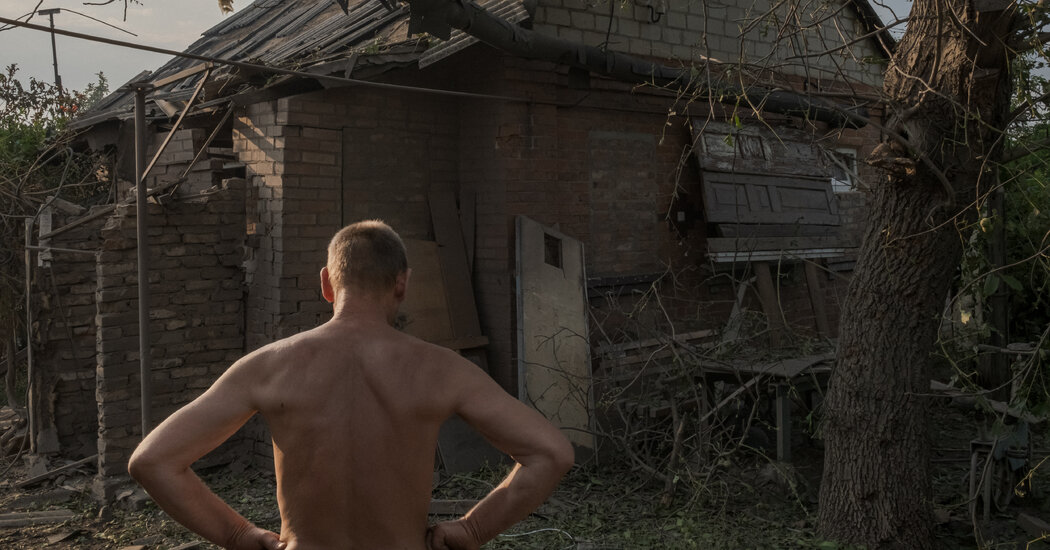
An estimated third of Ukraine’s population has been forced from their homes since Russia invaded in February, including more than 7.1 million people who are displaced inside the country, according to United Nations data, illustrating the scale of a humanitarian crisis that has gone largely unseen as the war grinds on.
The number of internally displaced people dwarfs the 4.8 million Ukrainians who have fled into Europe as refugees, according to the U.N. refugee agency, which has described levels of displacement unseen since World War II.
While large swaths of the country were subject to the brutality of the Russian invasion in its early weeks, most of Ukraine’s displaced are now coming from the east, as that region becomes the center of the conflict.
Boarding trains and buses, civilians have poured out of cities and towns across eastern Ukraine, fleeing for the relative safety of the west and the northern capital, Kyiv. Some have left in humanitarian convoys, navigating treacherous roadways amid the threat of gunfire or shelling. Others have left on foot, literally running for their lives.
And as Russian forces now train their artillery on Donetsk Province in the east, aiming to capture all of the industrial Donbas region, more people are being forced from their homes daily. Shellfire by Russian forces killed five civilians in Donetsk in the last 24 hours, the head of the regional military government, Pavlo Kyrylenko, said on Wednesday on the Telegram social messaging app.
For days, Mr. Kyrylenko has advised residents to leave the province, a sign that Ukrainian authorities believe that fighting will escalate. Officials hope to avoid having to attempt large-scale evacuations as in the neighboring province of Luhansk, which fell to the Russians in recent days.
Just three million people have officially been registered as internally displaced, although the true number is believed to be more than double that. A shortfall in international humanitarian support has further strained local resources.
“The state was not ready for such a scale of displaced persons in many areas,” Vitaly Muzychenko, the deputy minister of social policy for Ukraine, told a news conference this week, where he announced new plans to register displaced people for state benefits.
This mass displacement has reshaped communities across the country, even those that have been spared the physical devastation of the war. Shelters have sprung up in public buildings, university dorms have been converted and some modular homes have been set up to house the displaced.
The majority of internally displaced people, much like refugees, are women and children, and many face shortages of food, water and basic necessities, according to U.N. experts.
Oksana Zelinska, 40, who was the principal of a preschool in the southern city of Kherson, which is now occupied by Russian forces, fled in April with her two children, a co-worker and that woman’s children to the western city of Uzhhorod near the Slovakian border. Her husband has remained behind in Kherson, and she would like to return, but she said she stays in the west for her children.
“When we came here, I needed to do something, it was difficult and I didn’t want to sit around getting depressed,” she said. “I wanted to be useful.”
She began volunteering at the community kitchen that she had used when she first arrived, peeling potatoes and preparing food for the dozens who troop in daily for a hot meal.
Helping the displaced return to their homes — or find new ones — looms as one of Ukraine’s greatest challenges, whatever the outcome of the war. Some of their hometowns may not return to Ukrainian control. Others that are retaken could be almost entirely destroyed, with homes, water lines and other vital infrastructure pulverized by the Russian Army’s scorched-earth tactics.



